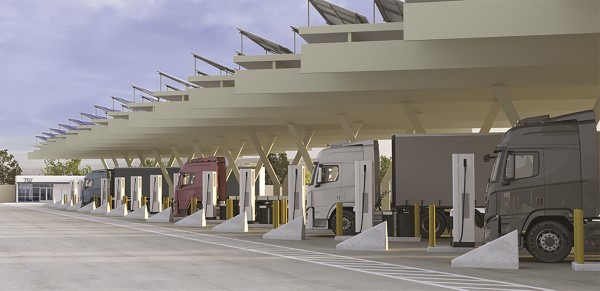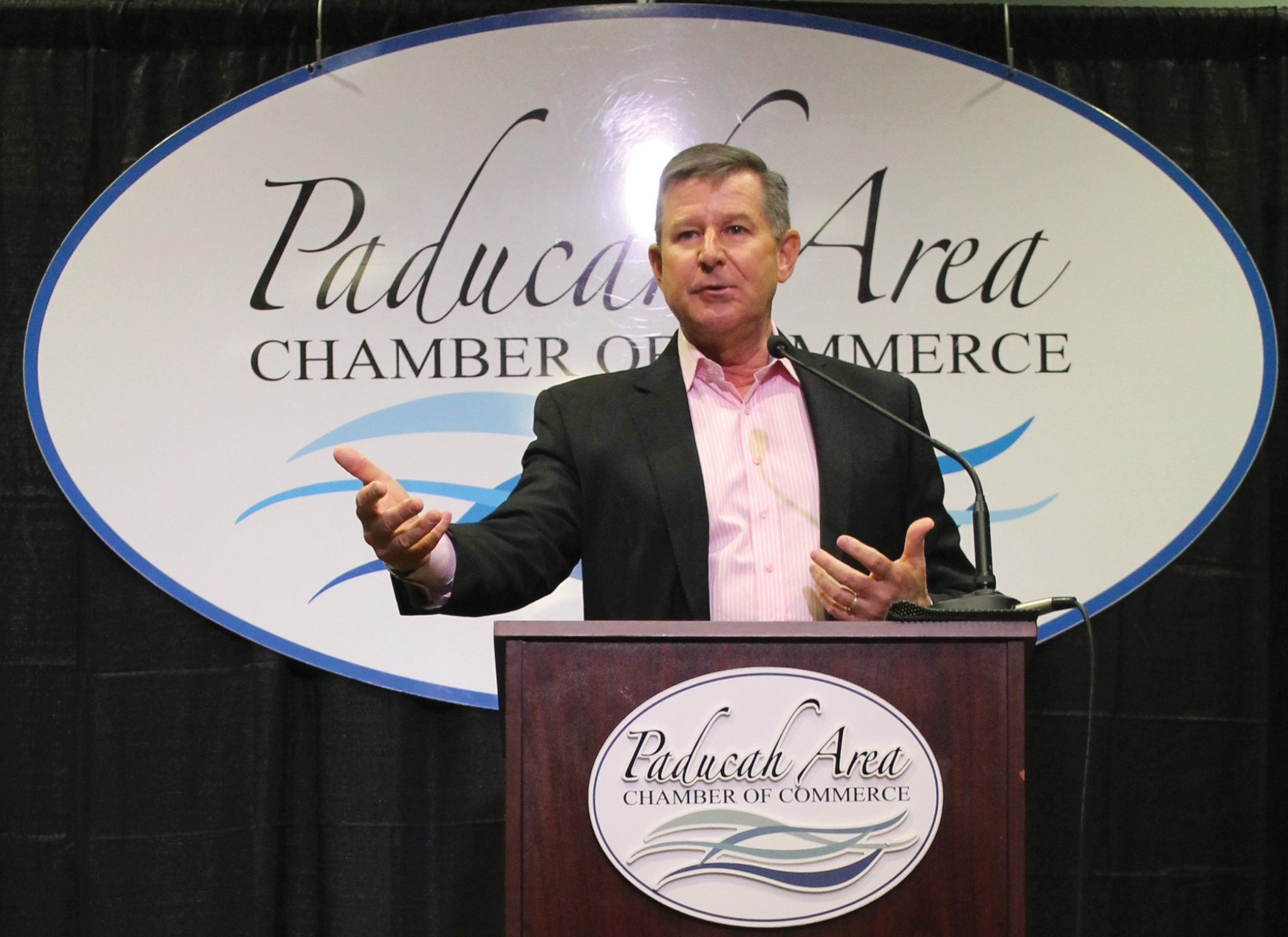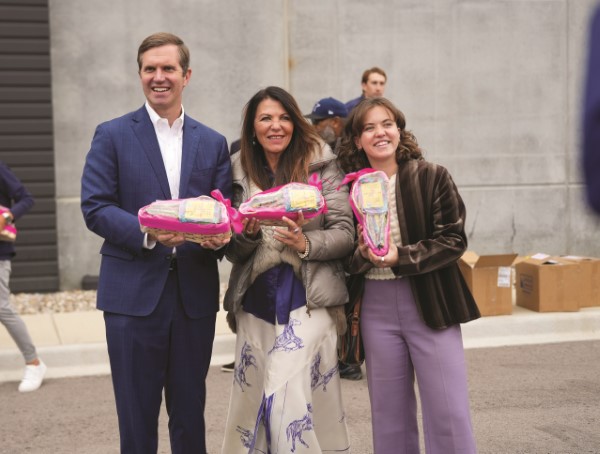|
Greater Boston’s high-end higher education institutions continue to churn out usable business intelligence. The Working Knowledge series from Harvard Business School has a lot to recommend it as a worthy bookmark on your browser or missive in your inbox. If you haven’t already done so, read the recently published “10 Trends to Watch in 2024” for insights into hybrid work, “workism,” skills-first hiring and much more.
Over at MIT, newly published research in “Impacts of remote work on vehicle miles traveled and transit ridership in the USA,” finds that “a 1% decrease in onsite workers leads to a roughly 1% reduction in [automobile] vehicle miles driven, but a 2.3% reduction in mass transit ridership,” says Yunhan Zheng, an MIT postdoc who is co-author of the study. But effects vary by region. “The impact of a 1% change in remote work on the reduction of vehicle miles traveled in New York state is only about one-quarter of that in Texas,” Zheng said in an MIT release. But remote work has had the biggest effect on mass-transit revenues in places with widely used systems, “with New York City, Chicago, San Francisco, Boston, and Philadelphia making up the top five hardest-hit metro areas,” MIT said. The researchers used Google location data, travel data from the U.S. Federal Highway Administration and the National Transit Database, and the monthly U.S. Survey of Working Arrangements and Attitudes (run jointly by Stanford University, the University of Chicago, ITAM, and MIT).
The study also projects that across the 217 metropolitan areas in the study, a 10% decrease in the number of onsite workers, compared to pre-pandemic levels, “would lead to an annual loss of 2.4 billion transit trips and $3.7 billion in fare revenue — equal to roughly 27% of the annual transit ridership and fare revenue in 2019.”
|








